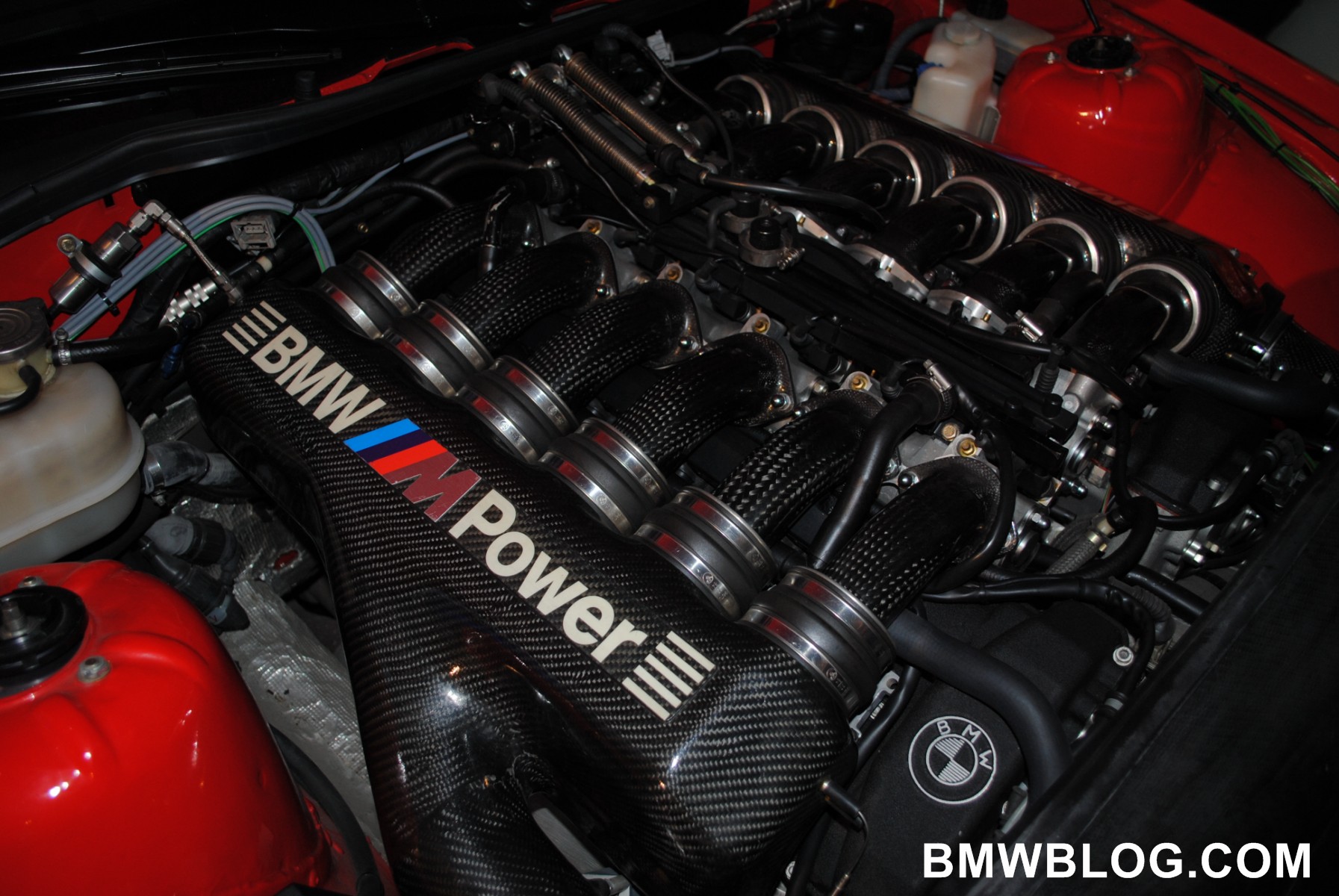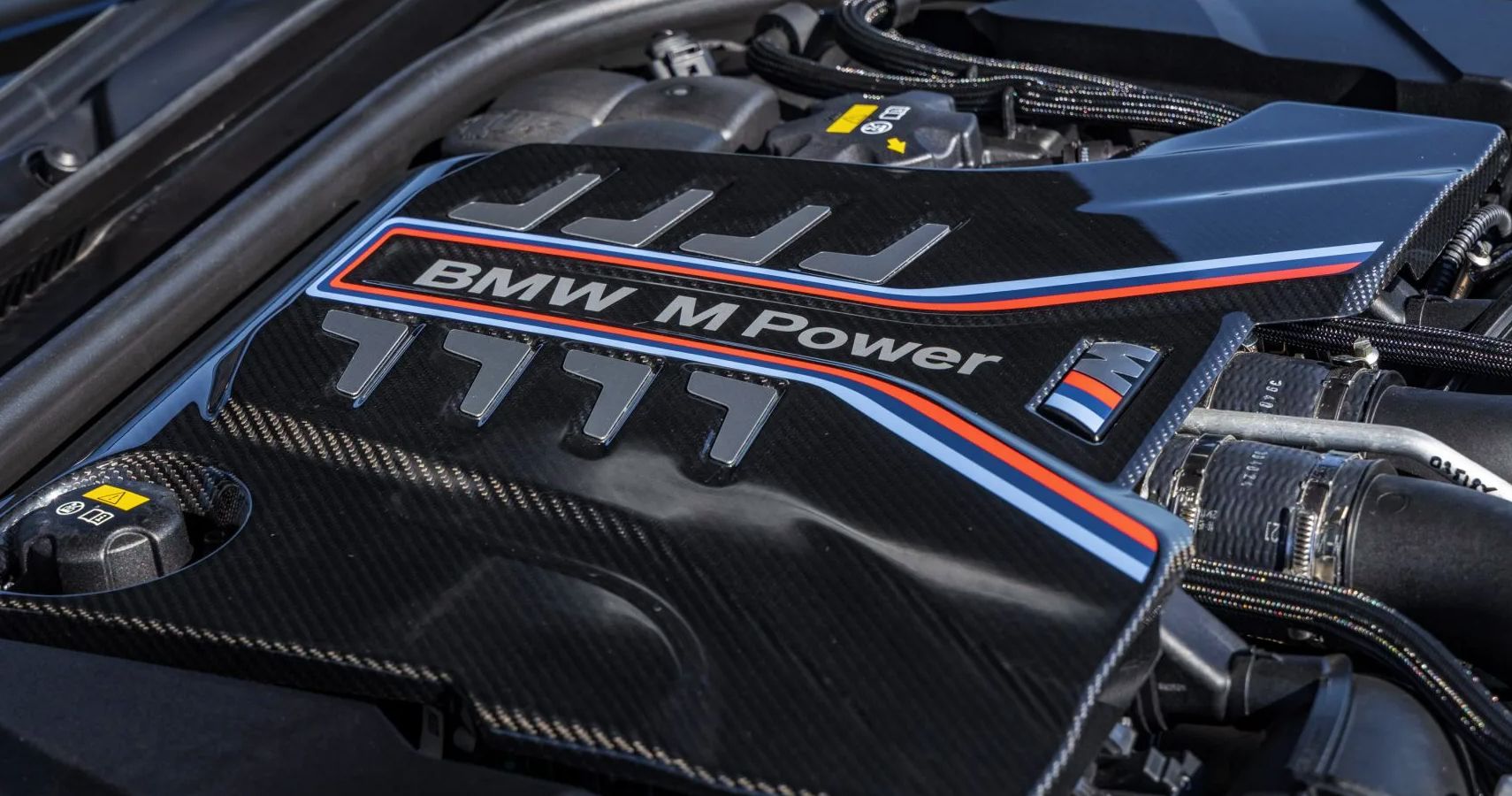Common Concerns Dealt With by BMW Engine Owners and How to Solve Them
Common Concerns Dealt With by BMW Engine Owners and How to Solve Them
Blog Article
Checking Out the Development of Combustion Engines in Modern Transportation Solutions
As we browse the landscape of modern-day transportation, the evolution of burning engines stands as a testament to human ingenuity and design prowess. The interplay of background, innovation, and environmental issues in forming the trajectory of burning engines creates a story that is both informative and compelling.
Very Early Beginnings of Combustion Engines
How did the principle of combustion engines very first arise in the early stages of transportation growth? The roots of combustion engines can be mapped back to the 17th century when the principles of interior burning were first checked out.
The breakthrough moment featured the development of the very first effective gasoline-powered engine by Karl Benz in 1885 - bmw engine. This engine led the way for the advancement of the modern-day automobile, reinventing transportation systems worldwide. Succeeding advancements by Nikolaus Otto and Gottlieb Daimler even more fine-tuned combustion engine modern technology, leading to the mass manufacturing of autos and the rapid growth of the transport market
These early combustion engines were defined by their simplicity and effectiveness, laying the foundation for the complex and powerful engines used in modern transportation systems. The development of combustion engines has contributed fit the way we travel and transfer goods, marking a significant landmark in the history of transportation development.
Transition to Internal Combustion Innovation
The transition to internal burning innovation marked a critical shift in the advancement of transport systems. This shift began in the late 19th century, with developers like Nikolaus Otto and Gottlieb Daimler creating the very first successful inner burning engines. These engines changed transport by providing a more reliable and powerful option to steam engines and electrical motors.
One of the key benefits of interior combustion engines was their capacity to be scaled down to suit automobiles, resulting in the development of bikes and autos. This change from bulky, fixed engines to compact, mobile ones led the way for the modern-day transportation systems we see today.
The change to internal burning technology additionally stimulated improvements in fuel innovation, leading to the advancement of gasoline and diesel as main gas sources for lorries. This shift not just made transport a lot more available to the masses yet also laid the structure for the oil and gas market to end up being essential to international economies.
Influence of Combustion Engines on Transportation
The fostering of burning engines in transportation systems catalyzed an extensive change in the efficiency and rate of worldwide wheelchair. Combustion engines changed transportation by offering a reliable and flexible source of power for different automobiles, including autos, planes, ships, and trucks. This advancement significantly improved the capability for products and individuals to conform lengthy ranges in much shorter time structures, resulting in boosted connection in between areas and countries.
In addition, the prevalent usage of burning engines has actually had a significant effect on financial growth. The capacity to transport goods efficiently has stimulated trade and commerce, allowing companies to expand their markets and reach customers worldwide. This has actually assisted in economic growth and globalization, as items can currently be transported much faster and in bigger quantities than ever previously.
However, the ecological impact of burning engines can not be forgotten. The burning of fossil fuels has brought about air contamination and greenhouse gas discharges, contributing to environment modification and positioning health and wellness risks to populations. bmw engine. As an outcome, there is a growing emphasis on creating alternate propulsion technologies to mitigate these adverse impacts and create an extra lasting future for transportation
Technologies in Burning Engine Design
One remarkable technology is the growth of turbocharged engines, which make use of exhaust gases to drive a generator that presses inbound air, enabling for more gas to be scorched, resulting in raised power outcome without a significant rise in engine size. Variable valve continue reading this timing systems have additionally changed engine style by optimizing air flow at different engine rates, enhancing both my latest blog post power and effectiveness. These developments collectively add to the constant renovation of burning engines in modern transport systems.
Future Trends in Combustion Engine Growth
With innovation advancements driving continuous innovation, the future of combustion engine advancement is poised to reinvent transport systems globally. Among the essential trends in combustion engine advancement is the push in the direction of better efficiency and decreased emissions. Suppliers are investing greatly in r & d to improve engine efficiency while meeting rigid environmental regulations. This includes the assimilation of sophisticated fuel injection systems, enhanced turbocharging techniques, and making use of light-weight products to enhance gas usage and reduce carbon exhausts.
One more prominent trend is the fostering of crossbreed technologies in combustion engines. Crossbreed engines integrate typical combustion modern technology with electric power, using boosted fuel efficiency and reduced discharges. As the automotive industry shifts in the direction of electrification, crossbreed burning engines are viewed as a transitional solution that connects the space in between standard vehicles and totally electric ones.
Furthermore, the combination of clever modern technologies, such as expert system and data analytics, is expected to play a considerable function in the future of burning engine advancement. These modern technologies can maximize engine performance in real-time, resulting in much more effective combustion procedures and improved general automobile efficiency. Welcoming these future patterns will certainly not just drive advancement in combustion engine advancement however likewise contribute to a more sustainable and eco-friendly transport ecological community.

Conclusion
In conclusion, the advancement of burning engines in contemporary transportation systems has actually been noted by considerable advancements in technology and layout. From the early beginnings of combustion engines to the transition to inner burning technology, these engines useful source have actually had an extensive impact on transport.
The roots of combustion engines can be mapped back to the 17th century when the principles of inner burning were first explored. These engines revolutionized transport by using a more reliable and powerful alternative to vapor engines and electric motors.

Report this page